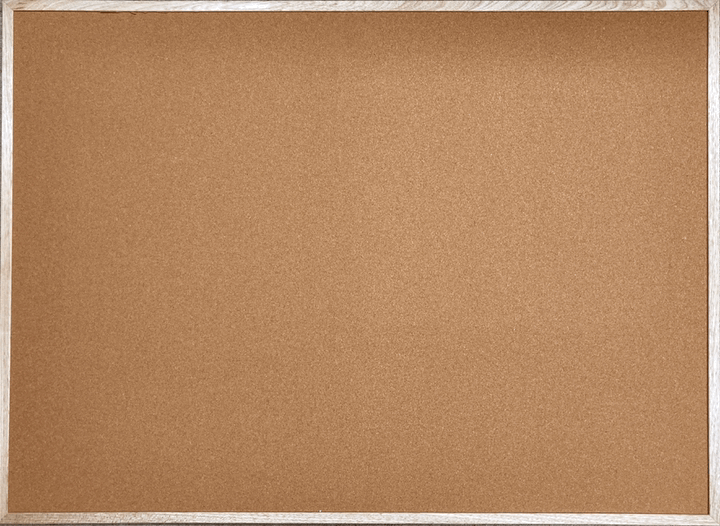editions
October 2021

Eight Vessels
William Kentridge
Eight Vessels is a new photogravure by William Kentridge produced in collaboration with Master Printer Jillian Ross and Steven Dixon at the University of Alberta, Department of Art and Design. The work consists of four plates: each plate is printed onto a single sheet of Hahnemühle paper, each is arranged and overlapped to form a single image that is then hand-painted and pinned.
Eight Vessels by William Kentridge
Photo by Carey Shaw
Eight Vessels stems from a larger body of work based on a series of investigations of a still life as a result of the COVID-induced lockdown in South Africa starting in March 2020 when Kentridge was in the unusual situation of being isolated in his studio without the normal interactions of his long-time collaborators.
This isolation allowed for a sustained investigation into the significance of the studio in meaning, making, and working process without truly knowing the lasting effects to come from COVID-related events.

Still from the animated film,
Studio Life: A Natural History
of the Studio.
Self-Portrait As A Coffe Pot by Willam Kentridge
And so began the investigation of Studio Life which started off with the investigation of a still life.
As usual in Kentridge's working process, 'Studio Life' had many different manifestations in drawing, film, performance and in print.

During this time of isolation, inspired by the everyday objects around him and the historical Master Painter Giorgio Morandi, Kentridge created enlarged objects in his home studio and began arranging them on a table as subjects to be drawn.
Giorgio Morandi "Grande natura morta con la lampada a destra" 1928
etching 9 7/8 x 13 3/8 in
Kentridge’s still life includes water jugs, vases, an ink tin and a bottle of whiskey. (Note: an alcohol ban was being enforced during the South African COVID lockdown in 2020).
During this period of investigation, the image of the still life features as a number of different iterations in Kentridge's artworks:
-
Originally as foam core & paper cut-outs in an investigative performance (Still Life Sculpture) for The Long Minute;
-
As a charcoal drawing (Drawing for Studio Life (Still Life with Black Jug I ), which was photographed and translated into a new series of stop animation films included in Studio Life: A Natural History of the Studio; and
-
Lastly as a photogravure print (Eight Vessels), published and printed by long-time collaborator Jillian Ross whilst she was relocating from South Africa to Canada and herself being in isolation from her normal working practice.

Ross and Kentridge in conversation over Whatsapp between their respective studios in Canada and South Africa.
Since studios were in isolation, one of the ways of continuing to collaborate in printmaking was through an age-old, but highly technical, printing technique called photogravure,
(See part 3 - still life in PRINT for a technical explanation of the process.)
By utilizing the photogravure technique, Kentridge and Ross were able to continue their collaborative partnership whilst working in their individual studios which are on different continents.
Eight Vessels is a photogravure print collaboration with William Kentridge in Johannesburg, Jillian Ross in Saskatoon and Steven Dixon, the photogravure expert, at the University of Alberta Print Studio in Edmonton. All three studios working together in collaboration.
Studio Life Series. Exercise 2
William Kentridge, 2021, Photogravure
Simultaneously a second photogravure project called the Studio Life Series developed in South Africa that documents this investigation and the studio's everyday practice.
The Studio Life Series is a series of photogravure images that stem from photographs taken of William working on drawings in his studio in Johannesburg during lockdown whilst producing the ongoing, yet to be released, film series Studio Life.
This second photogravure project was introduced by Jillian Ross as a project between William Kentridge (the artist) in Johannesburg, long-time collaborator David Krut Projects (the publisher) in Johannesburg, Zhané Warren from Warren Editions (the photogravure expert) in Cape Town, and Jillian Ross (the project coordinator) in Canada.
Eight Vessels
William Kentridge
64cm x 96cm (28¾’” x 39¼”)
4-Plate Photogravure with hand painting
4 sheets of Hahnemühle Natural White, 300gsm
Pinned using 11 round 1/8” matt black map pins
2020 –2021
Edition. 20
Publisher Jillian Ross Print
Printed at Jillian Ross Print
Printers Master Printer Jillian Ross
Plate creation by Steven Dixon










